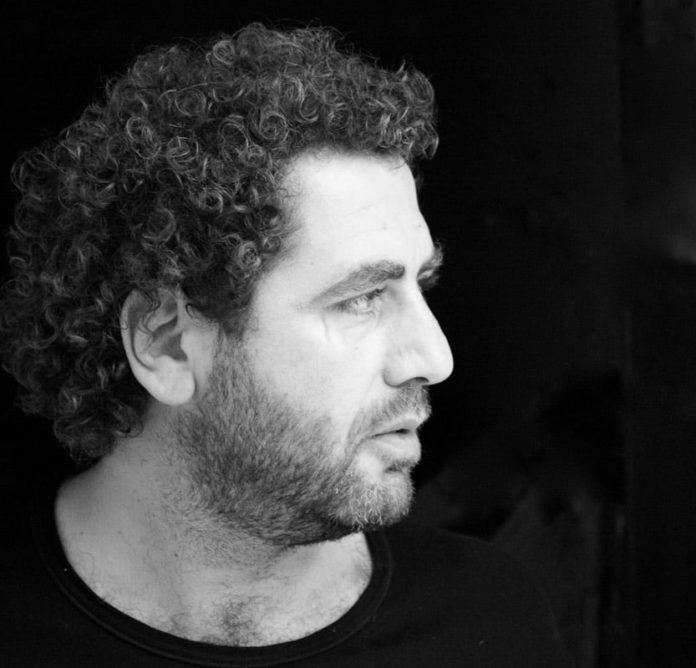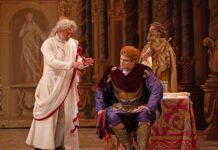By Maydaa Nadar
Special to the Mirror-Spectator
CAIRO — His latest exhibition of sculptures and paintings is called Taking Time, which took place at the Flora Bigai Arte Contemporanea gallery in Pietrasanta, Italy, last summer to much acclaim. His Armenian role models in arts are Gomidas and Arshile Gorky (Vostanik Adoian). When he talks about sculpture, he not only makes you fall in love with art but with your entire surroundings, even with your inner self. Meet Egyptian-Armenian sculptor Armen Guerboyan, known by the pseudonym Armen Agop. “My name is Armen Guerboyan. I just use Agop, which was my father’s name, as an artistic name,” Armen explains.

Armen’s grandfather was part of the famous resistance at Musa Dagh. He was the younger brother of Movses Der Kalousdian, one of the leaders of the revolt during the Armenian Genocide in 1915. French ships brought the Armenians from Musa Dagh to safety in Port Said on the Egyptian coast. Later, the family moved to Lebanon, but Armen’s grandfather chose to stay in Egypt, where Armen was born in Cairo in 1969.
After turning 13, Armen began to study drawing and painting in the studio of the Armenian painter Simon Shahrigian. He then graduated from the Faculty of Fine Arts in the Department of Sculpture at Helwan University in Cairo. Following his graduation, he was awarded a research scholarship from the same university.
Winning the Prix du Rome – The State Prize of Artistic Creativity, from the Egyptian government, led to a sponsored stay in Italy for a year to focus on his artistic investigations. The Bel Paese – Italy’s poetical nickname meaning “beautiful country” – is described in Armen’s words as “a great place for a sculptor to live.” He elaborates: “Just as Egypt was a great place for a sculptor to be born, with all its heritage Italy is a great place for a sculptor to live. What is significant about Italian culture is its ability to extend the influence of its ancient culture into our contemporary world. Egypt and Armenia underwent several historical interruptions. Italy’s continuation of its past heritage, which was not radically interrupted, allows the presence of the past in the future.”











